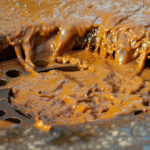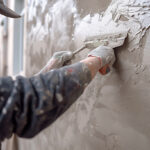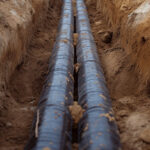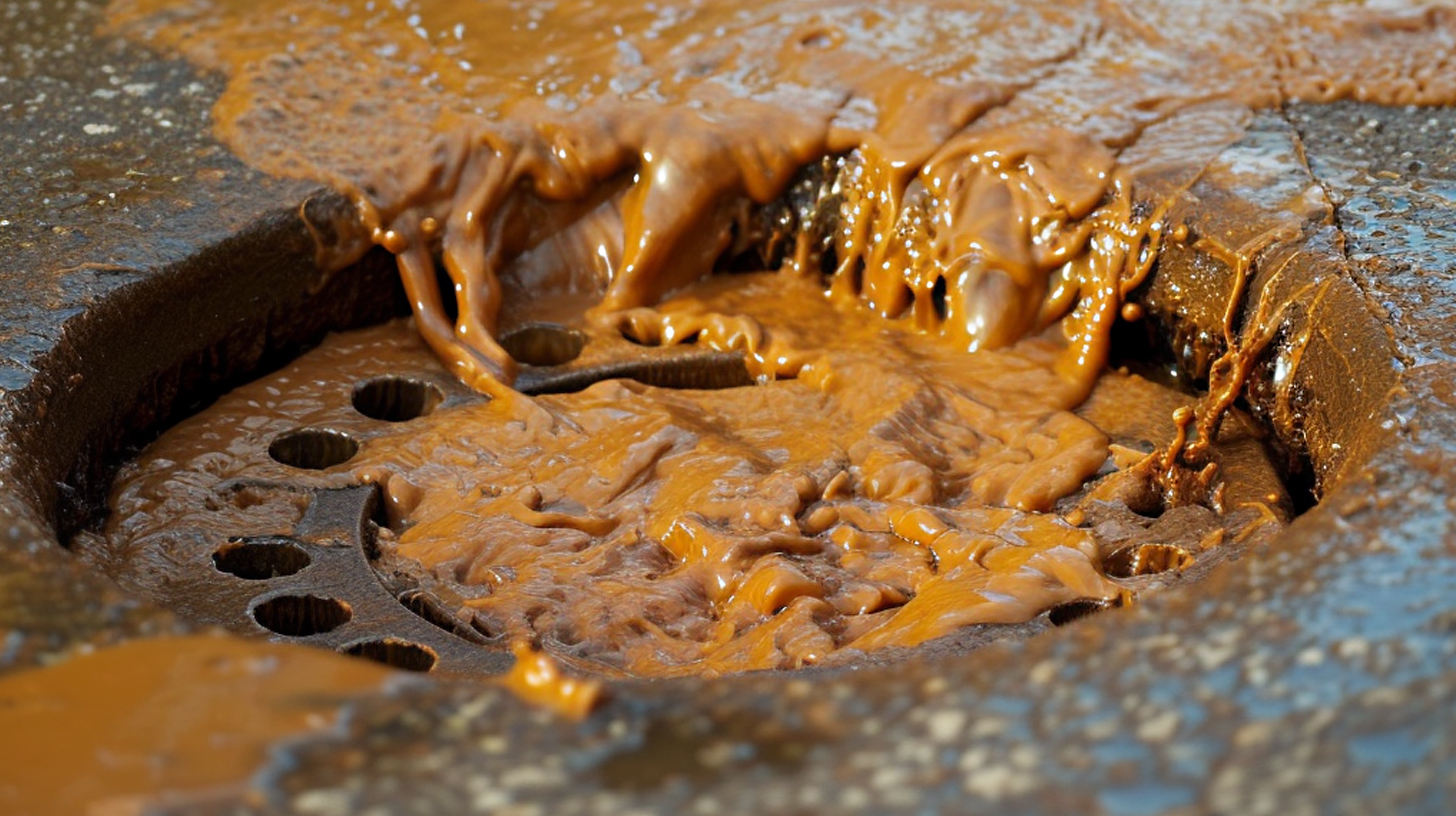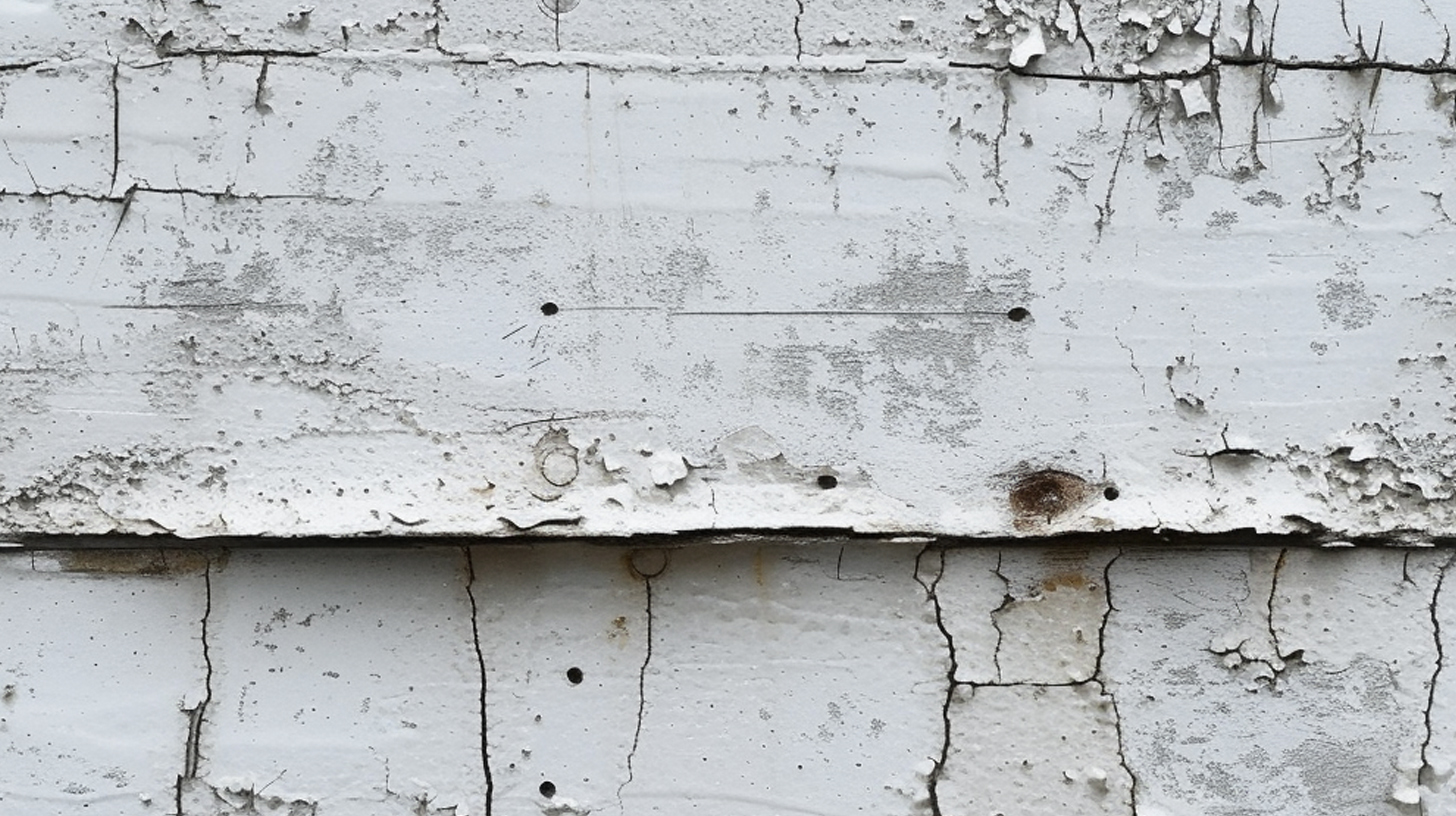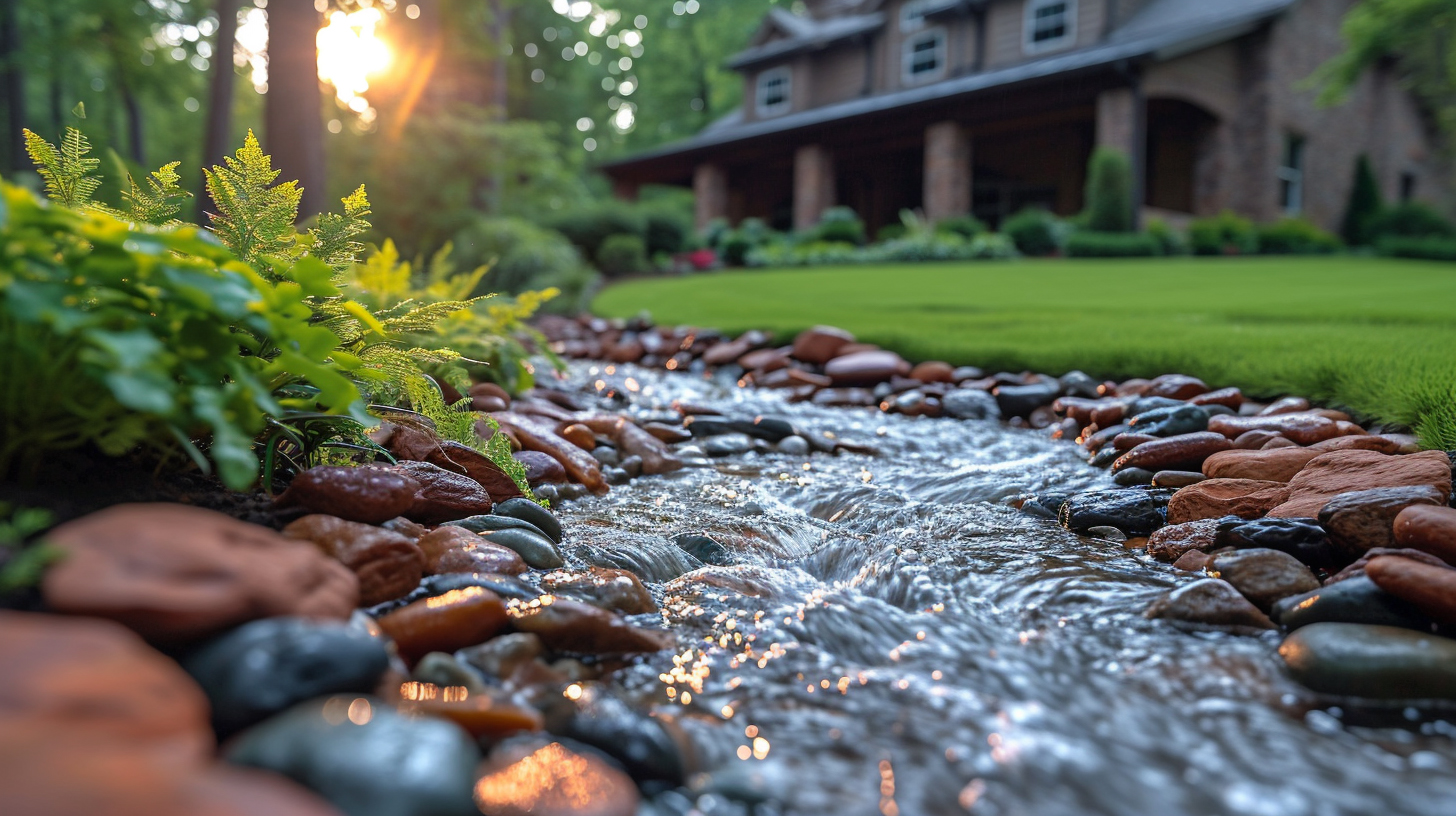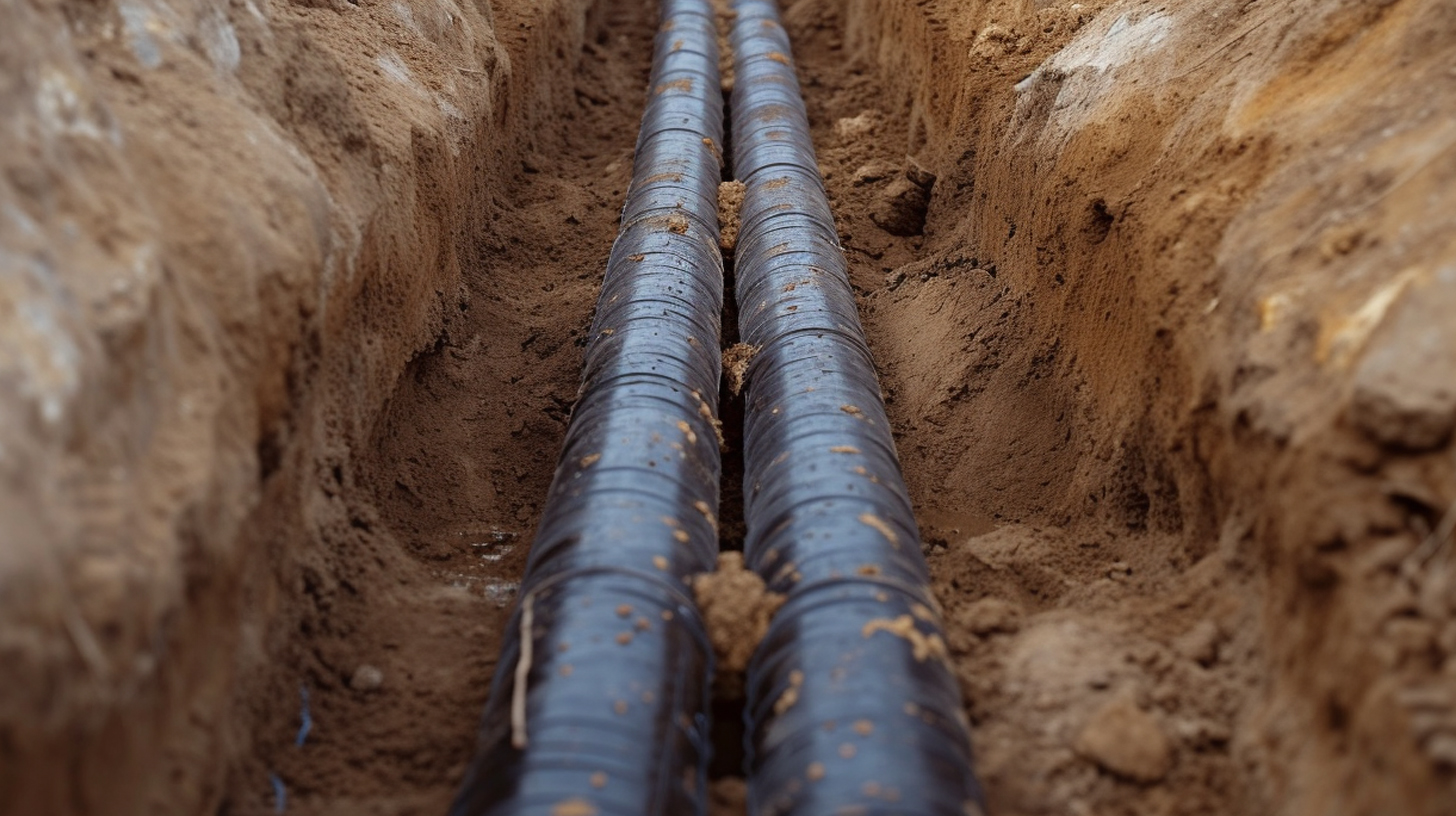Understanding the Causes of Water Coming Through the Floor
We’ve all been there – you walk into a room and notice a puddle on the floor. Not a good sign, right? If you’re dealing with water seeping through your floor, it’s important to get to the bottom of the issue before it causes serious damage.
There are a few common culprits when it comes to water coming up through the floor. One possibility is a plumbing leak somewhere in the pipes under your home. Over time, those pipes can crack or spring a leak, allowing water to work its way up through the floor. Another cause could be issues with your home’s foundation, like cracks or gaps that are letting groundwater in.
Whatever the reason, you’ll want to get it checked out sooner rather than later. Water damage can lead to all kinds of problems, from warped floors to mold growth. So don’t ignore that puddle – get a professional to take a look and nip the issue in the bud before it becomes a bigger headache.
Common Culprits: Plumbing Issues, Foundation Problems, and More
We’ve all been there – you’re minding your own business, walking around your home, and suddenly you feel a squishy spot on the floor. Uh oh, that can only mean one thing: a leak! But where’s it coming from?
Plumbing issues and foundation problems are some of the most common culprits when it comes to water seeping up through your floor. A busted pipe or cracked foundation can let water sneak its way in, causing all sorts of headaches. And let me tell you, those leaks can be tricky to track down.
The good news is, there are ways to find the source of that pesky floor leak. Start by checking your plumbing – look for any signs of moisture or damage around sinks, toilets, and pipes. If that’s not the issue, the problem could be with your foundation. Cracks, settling, or drainage issues can all let water work its way up.
No matter what’s causing that soggy situation, it’s important to get it fixed fast. Standing water can lead to mold, rot, and all kinds of other headaches. So put on your detective hat, hunt down the culprit, and get that leak taken care of before it becomes an even bigger problem. Your floors (and your wallet) will thank you!
Identifying the Source: Inspection Tips and Troubleshooting Techniques
Alright folks, let’s talk about something that can be a real pain in the butt – floor leaks. We’ve all been there, right? You start noticing that weird damp spot on the floor, and before you know it, you’re dealing with a full-blown water disaster. But fear not, my friends, because we’re going to dive into some handy tips and tricks to help you identify the source of that pesky leak.
First things first, let’s talk about the signs to look out for. If you start seeing discoloration, warping, or even mold growth on your floors, that’s a pretty good indicator that you’ve got a leak somewhere. And let’s not forget about the good old-fashioned puddle – if you see water pooling on the floor, that’s a dead giveaway.
Now, when it comes to actually tracking down the source of the leak, it’s all about being a detective. Start by checking around the edges of the floor, where it meets the walls. That’s a common spot for leaks to originate. You can also try tapping on the floor and listening for any hollow or damp-sounding areas.
If you’re still stumped, it might be time to get a little more hands-on. Grab a flashlight and get down on your hands and knees, carefully inspecting the floor for any cracks, gaps, or other potential entry points for water. And don’t forget to check under sinks, around pipes, and in any other areas where water might be sneaking in.
Remember, finding the source of a floor leak can be a bit of a treasure hunt, but with a little persistence and these handy tips, you’ll be well on your way to getting that pesky problem solved in no time. Happy hunting, folks!
DIY Solutions to Stop Water from Coming Through the Floor
Dealing with a floor leak can be a real pain, but don’t worry, we’ve got your back! In this blog, we’re gonna dive into some DIY solutions to stop that pesky water from coming through your floor.
First things first, let’s talk about identifying the source of the leak. Check around the floor, look for any cracks or discoloration, and try to trace where the water is coming from. Once you’ve pinpointed the problem area, it’s time to get to work.
One quick and easy fix is to use a waterproof sealant or caulk to fill in any cracks or gaps. This can help stop the water from seeping through in the short term. You can also try laying down a waterproof membrane or tarp over the affected area to create a barrier.
If the leak is more serious, you might need to get a little more hands-on. Consider installing a floor drain or using a wet/dry vacuum to suck up any standing water. And don’t forget to keep an eye on the situation and be ready to tackle it again if the leak persists.
Remember, safety first, so make sure you’ve got the right tools and protective gear before you get started. With a little elbow grease and some DIY know-how, you can say goodbye to that pesky floor leak in no time!
When to Call in the Pros: Knowing When to Seek Professional Help
Hey there, let’s talk about when it’s time to call in the pros for that pesky floor leak. We all like to think we can handle a little DIY, but sometimes it’s just better to leave it to the experts, you know?
First off, if you’re seeing any signs of water damage or pooling on your floors, that’s a major red flag. Ignoring a floor leak can lead to some serious issues down the line, like mold, structural damage, and sky-high water bills. Not a good look.
And let’s be real, trying to track down the source of a floor leak can be a real headache. Those sneaky suckers can be hiding anywhere! An experienced plumber will have the tools and know-how to find the problem quickly and get it fixed up right.
The cost of hiring a pro might seem steep, but trust me, it’s worth it to avoid the hassle and potential disasters of trying to DIY a floor leak repair. Those guys know what they’re doing and can get the job done efficiently and effectively.
So if you’re noticing any signs of a floor leak, don’t hesitate to call in the pros. Your floors (and your sanity) will thank you.
Wrap Up: Preventing Future Floor Leaks and Protecting Your Home
Alright, let’s wrap this up with some tips on preventing future floor leaks and keeping your home high and dry. The key is being proactive – don’t wait until you’ve got a soggy situation on your hands. Stay on top of maintaining your floors and you can avoid those pesky leaks down the road.
First off, make sure you’re keeping an eye out for any cracks, gaps or worn areas in your flooring. These are prime spots for water to sneak in, so seal ’em up good. You can use caulk, sealant, or even a waterproof membrane if things are looking rough.
And don’t forget about your grout and caulking around fixtures – that stuff can break down over time and let moisture seep through. Give it a refresh every so often to keep things watertight.
Finally, consider adding an extra layer of waterproofing, like a floor coating or sealant. This creates a barrier that stops leaks before they can cause damage. Might be a bit of work upfront, but it’s worth it for the peace of mind.
Stay vigilant, keep your floors in tip-top shape, and you can say goodbye to those dreaded leaks for good. Your home (and wallet) will thank you!
